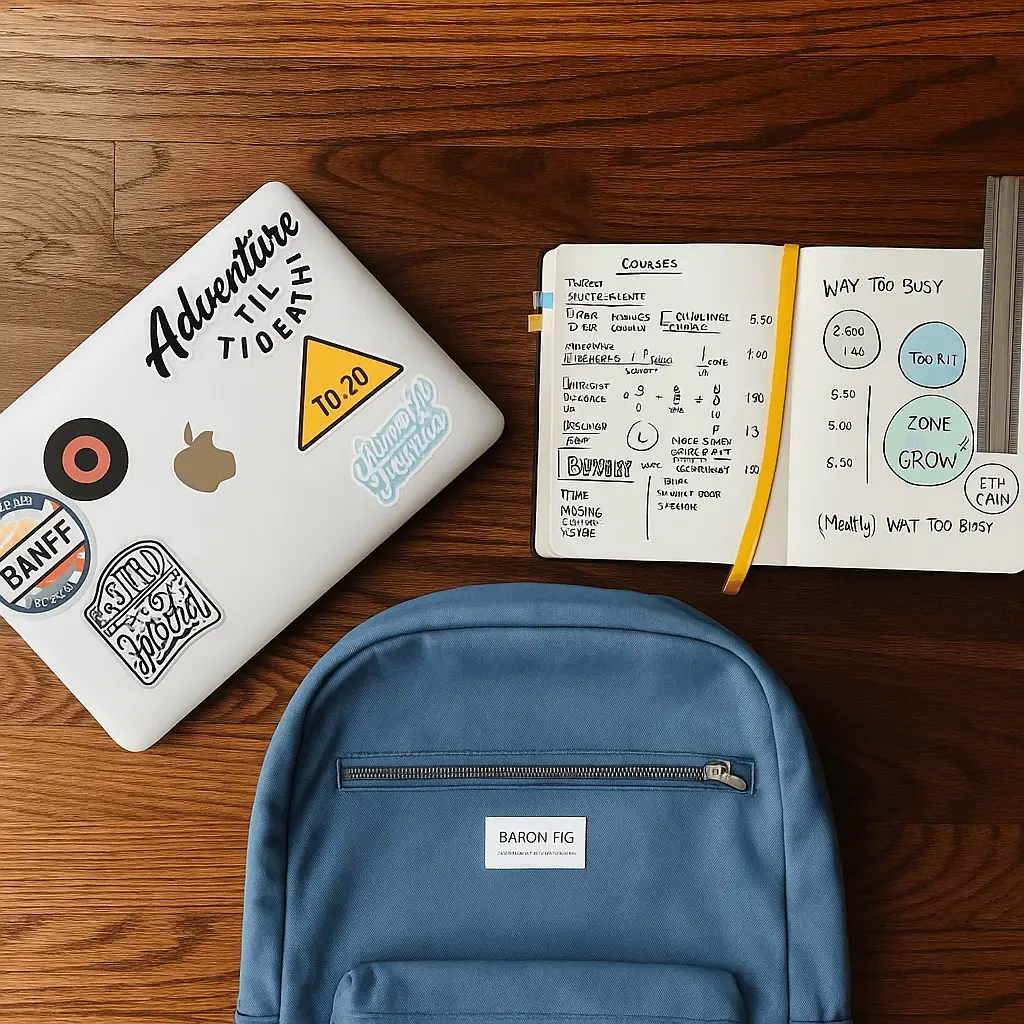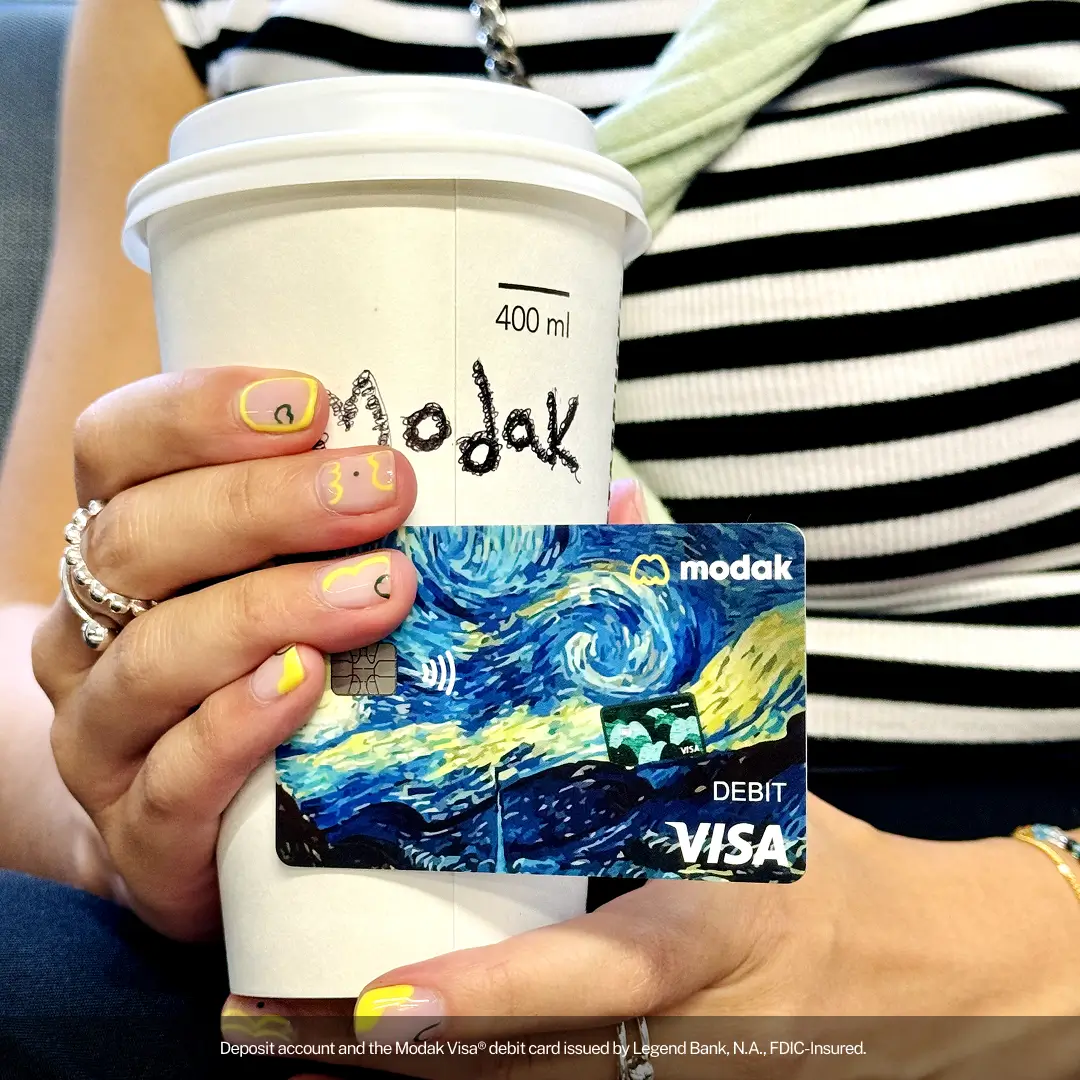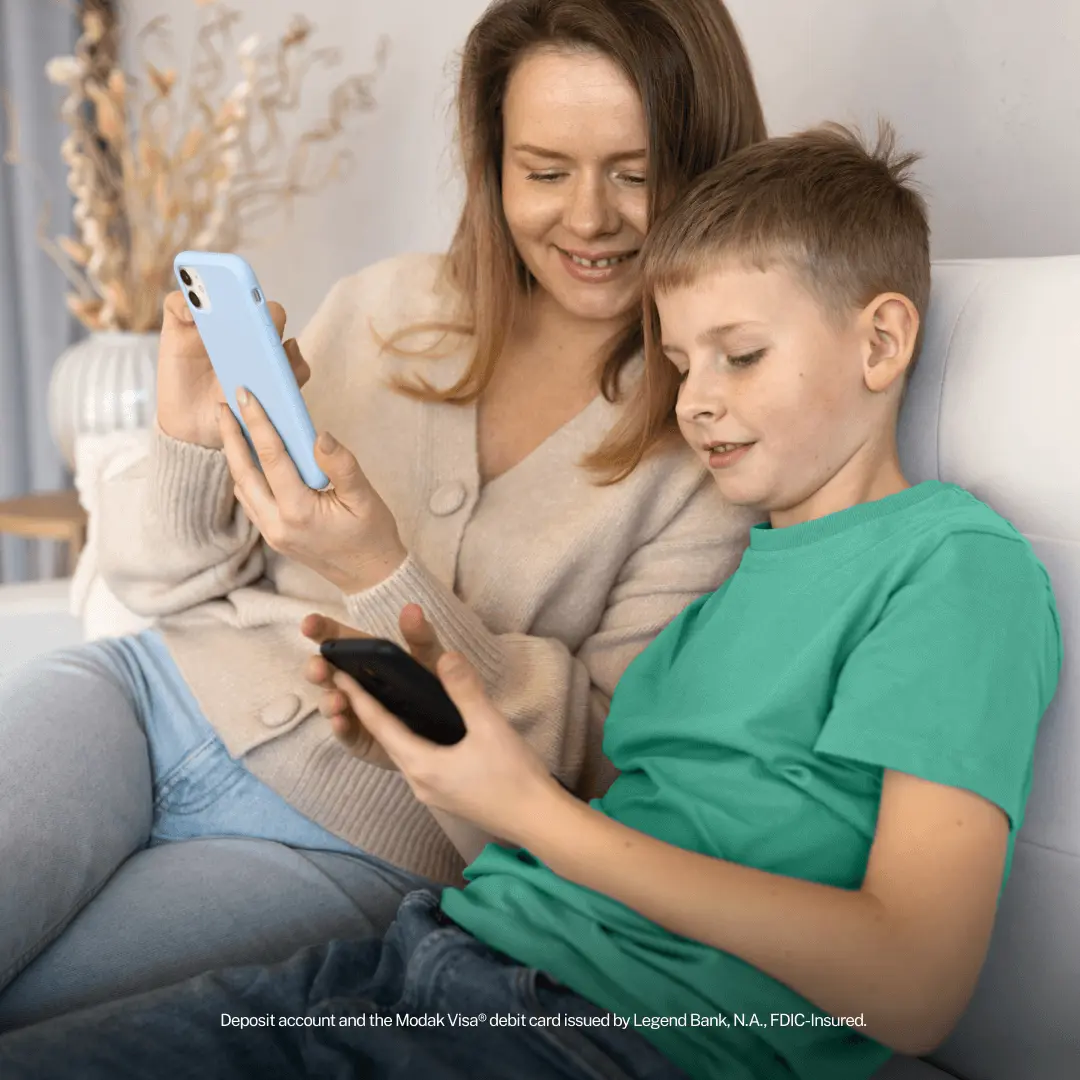💡 Teaching financial literacy early helps kids build lifelong money habits.
🎲 Fun, hands-on activities like chores and games make learning stick.
📊 Core skills include budgeting, saving, spending wisely, and goal-setting.
Teaching financial literacy for kids is one of the most important steps in preparing them for a secure future. As children grow, they need to understand how money works, including budgeting, saving, and spending.
But how do you make money management for kids engaging? The answer is interactive, fun financial literacy activities.
This guide explores money management activities for kids and tools like Modak that make financial learning practical and enjoyable.
Financial literacy for kids means understanding how money works, budgeting, saving, spending, and setting goals.
Teaching these basics early prepares children to make smart financial decisions as they grow. Lessons in money management basics create a foundation for more complex skills in the future.
At its core, financial literacy teaches kids that money is a resource that must be managed wisely.

Financial literacy isn’t just for adults. Kids need to learn the basics of money management to make informed choices as they mature.
Learning financial literacy in kindergarten and beyond helps kids:
Early lessons also build goal-setting skills and highlight the value of responsibility. Activities like chores and saving challenges give children hands-on practice with these concepts.
Here are the fundamental money management basics kids should learn:
These principles are essential for building lifelong financial responsibility.
The best way to teach financial literacy is through hands-on activities and real-world practice.
When you make financial literacy interactive and game-like, kids are more likely to absorb and apply these lessons.
💳 Modak lets kids earn real money from chores and allowances with a free Visa® debit card.
🎯 MBX rewards turn challenges and daily habits into real-world financial lessons.
📱 Parents can track progress while kids practice budgeting and saving in-app.
Engagement is key. Here are some fun activities that make learning stick:
These activities make financial literacy for kids both fun and practical.
Modak Makers offers a digital platform that turns financial lessons into real-world practice.
With Modak, kids can:
By combining chores, saving goals, and rewards, Modak makes money management for kids easy, modern, and engaging.

Start with basics like budgeting, saving, and spending. Use chores, savings challenges, and tools like Modak for hands-on practice.
Budgeting, saving, spending wisely, setting goals, and earning money. These principles guide kids toward responsible money management.
It’s the ability to understand and manage money through concepts like earning, saving, and spending responsibly.
Kids can begin as early as kindergarten. More advanced lessons can be introduced between ages 7–10.

Teaching kids financial literacy doesn’t have to be complicated. By making lessons fun, through chores, games, and savings goals, you can help kids build lifelong money skills.
Tools like Modak enhance this process by letting kids:
Through interactive money activities, kids gain the knowledge and confidence they need to make smart financial decisions for life.